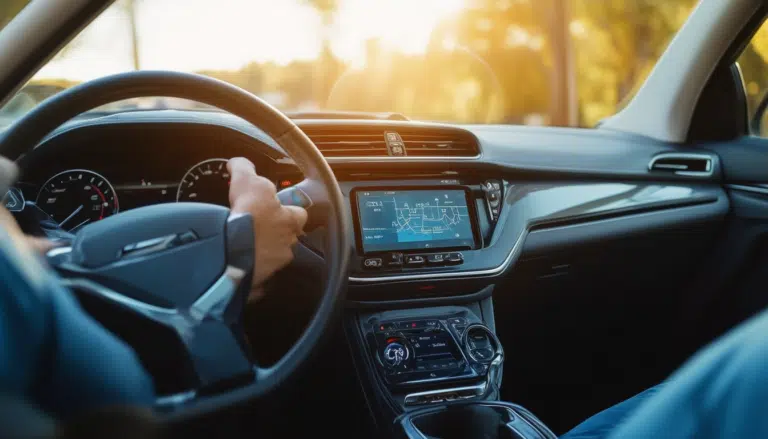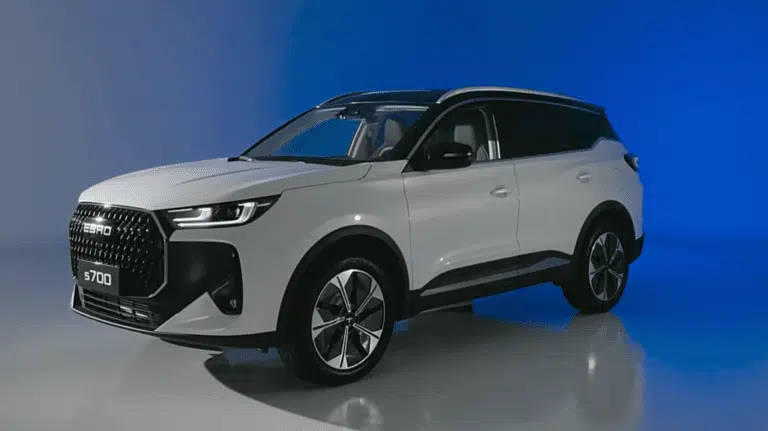Fostering the bicycle as an alternative to save on fuel

In a world where the cost of fuel continues to rise, promoting the use of bicycles presents itself as not only an economical alternative but also a sustainable one. Riding a bicycle not only reduces expenses associated with gasoline, insurance, and tolls but also improves quality of life and contributes to a healthier environment. This article explores the advantages of incorporating the bicycle as a means of daily transport and how this simple change can positively impact our finances and the environment.
The use of the bicycle is becoming one of the most effective alternatives to save on fuel and contribute to a cleaner environment. This mode of transport not only reduces the economic costs associated with the use of motor vehicles but also promotes a healthier and more sustainable lifestyle. In this article, we will explore the economic, environmental, and health benefits that come with adopting the bicycle as a regular means of transportation.
Economic advantages of using the bicycle
One of the main reasons to promote the use of the bicycle is the considerable savings that can be achieved. By choosing this means of transport, expenses associated with car usage, such as fuel, insurance, taxes, and tolls, are eliminated. Additionally, the cost of purchasing or renting a bicycle is significantly lower compared to the expenses involved in maintaining a conventional vehicle.
The initial expenditure on buying a quality bicycle may seem high, but in the long run, this expense translates into significant savings. People who commute by bicycle not only avoid paying for fill-ups but also save on parking costs. This becomes a considerable advantage in large cities where parking costs can be quite high.
Positive environmental impact
Traveling by bicycle has a considerably lower carbon footprint than that of motor vehicles, thus contributing to the reduction of environmental pollution. By decreasing dependence on fossil fuels, it plays a key role in the fight against climate change. Each bike trip instead of a car can lessen greenhouse gas emissions, a fundamental factor in moving towards a more sustainable future.
Encouraging the use of bicycles can also trigger a chain reaction, motivating more people to choose this mode of transport, which in turn can promote a more environmentally friendly urbanization. Initiatives such as the creation of bike lanes and the improvement of urban infrastructure are steps that can be taken to encourage this change.
Health and wellness benefits
Riding a bicycle not only benefits finances and the environment but also has a positive impact on the health of those who choose to use it. This regular physical exercise can help improve physical condition, cardiovascular health, and overall well-being. Additionally, cycling can boost mood, reduce stress, and combat symptoms of anxiety and depression.
Several studies have shown that people who regularly use bicycles tend to maintain a healthier body weight and enjoy a better quality of life. The bicycle, as a means of transportation, thus becomes not only an economical alternative but also an ally for personal care and health.
Initiatives to promote bicycle use
To encourage biking as a means of transport, it is essential to implement public policies and effective strategies. This may include the development of adequate infrastructure, such as safe bike lanes, bicycle stations, and education programs on road safety. Furthermore, incentives like discounts on public transport for those who bike or rewards for companies that promote its use among their employees can be considered.
Awareness campaigns about the environmental and economic benefits of using bicycles are also crucial. Informing the public on how to contribute to sustainability and reduce fuel use may motivate more people to adopt this practice. There are successful examples worldwide, where bicycle usage has been widely promoted, resulting in significant changes in the lifestyle of its inhabitants.
Conclusions on bicycle use
Promoting the use of bicycles as an alternative to save on fuel is a strategy that can yield economic, environmental, and health benefits. Considering the reduction in transportation costs and the positive impact it has on the environment, the bicycle emerges as an ideal option for many. Appropriate initiatives, combined with a change in mentality, can make bicycles the preferred means of transport in cities, thus contributing to the creation of a more sustainable future.
The use of the bicycle has become an optimal choice for those seeking sustainable alternatives in their daily lives. This mode of transport not only allows avoiding the high costs associated with motor vehicles, such as fuel, insurance, and taxes, but also significantly contributes to the reduction of pollutant gas emissions. By choosing the bicycle, users can enjoy an economical and eco-friendly means of transport.
A fundamental aspect of promoting the bicycle is its positive impact on people’s health. Riding a bicycle regularly not only improves physical fitness but also promotes mental well-being. This activity, accessible to almost anyone, can be easily incorporated into daily routines, transforming commuting into exercise. This is especially important in urban areas, where sedentary lifestyles are increasingly common.
Although there are certain obstacles to expanding bicycle usage, such as inadequate infrastructure and perceptions of insecurity, the advantages far outweigh these disadvantages. By investing in bike lanes and fostering a safer environment for cyclists, the use of this means of transport can be encouraged. The cities that have bet on bicycle mobility have seen improvements in air quality and reductions in traffic, benefiting not only cyclists but the entire community.
Finally, the use of the bicycle is configured as a fundamental pillar for achieving a more sustainable future free from energy dependence. With the necessary support, this alternative can consolidate itself as the preferred transportation option for a growing part of the population, saving resources and contributing to environmental care.






